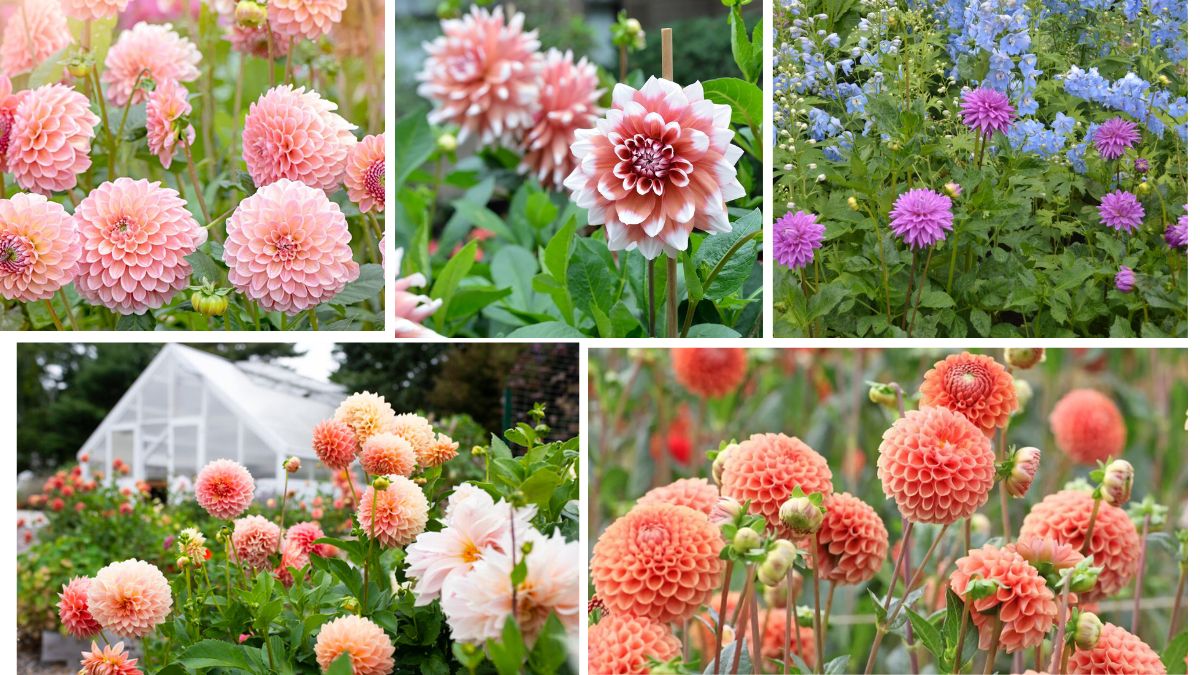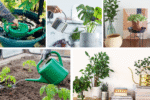Dahlias are among the most stunning and versatile flowers that can grace your garden with dramatic flair. With their bold blooms, wide range of colors, and breathtaking sizes—from dainty pompoms to dinner-plate giants—dahlias are a show-stopping feature in any landscape. Native to Mexico and Central America, these perennial beauties have gained global admiration for their vibrant petals and reliable performance when given the right care.
Whether you’re a novice gardener or an experienced floral enthusiast, this guide will walk you through the essential tips to grow dahlias successfully and create an elegant, colorful display that turns heads.
1. Choose the Right Dahlia Variety
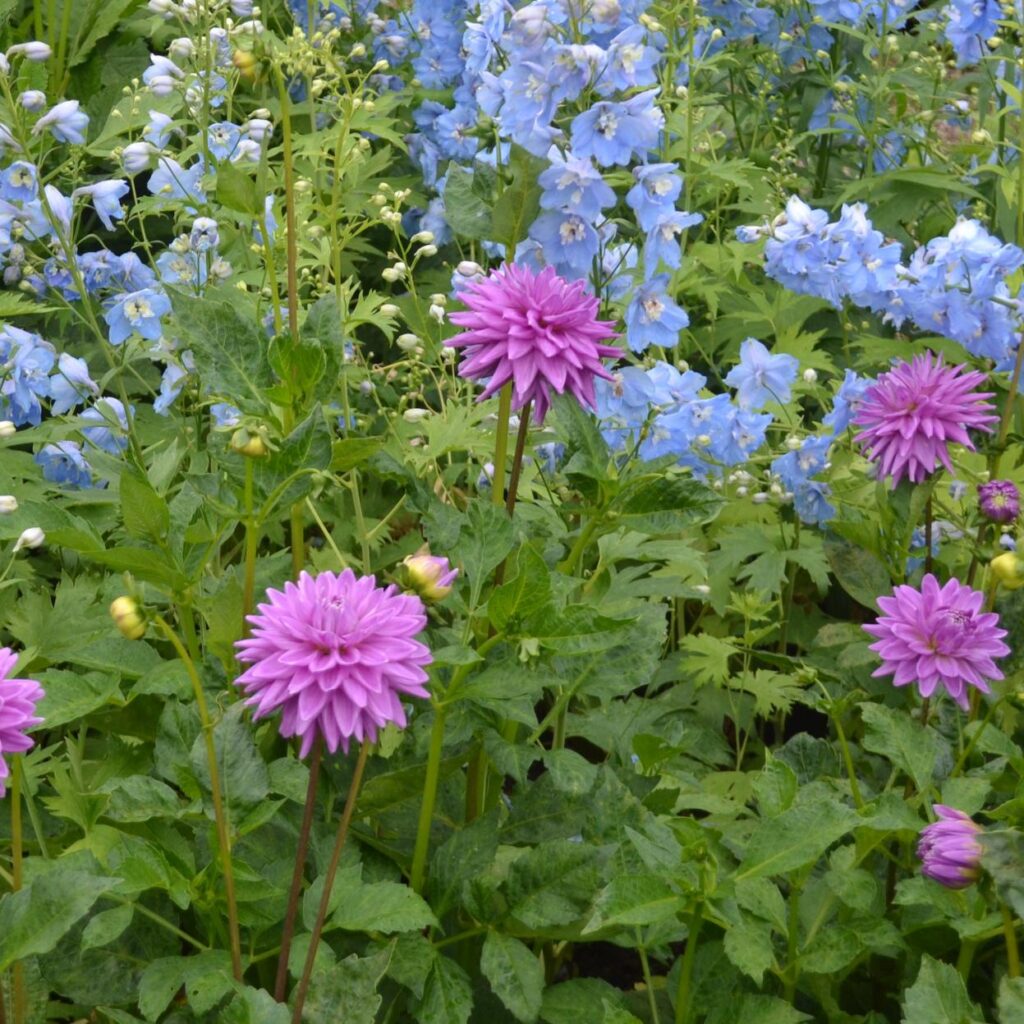
Dahlias come in an impressive range of shapes and sizes. Before planting, consider what best suits your garden goals:
- Decorative Dahlias: Large, round blooms perfect for statement displays.
- Cactus Dahlias: Spiky petals, ideal for adding texture.
- Ball and Pompon Dahlias: Small, symmetrical flowers that work well in borders.
- Dinnerplate Dahlias: Enormous blooms (10–12 inches across) for maximum impact.
- Dwarf and Border Dahlias: Compact plants perfect for containers or edging.
Match the variety to your garden’s purpose—whether it’s attracting pollinators, cutting for bouquets, or adding vibrant color to your beds.
2. Pick a Sunny Spot

Dahlias are sun worshippers. For optimal blooming:
- Sunlight Requirement: Choose a location with at least 6–8 hours of full sunlight daily.
- In hotter climates, they benefit from morning sun and afternoon shade to prevent stress.
- Avoid areas with high winds, which can damage tall varieties.
A sunny spot ensures vigorous growth, lush foliage, and abundant flowers.
3. Soil Preparation Matters
Healthy soil is the foundation for thriving dahlias:
- Soil Type: Well-drained, fertile soil with a slightly acidic to neutral pH (6.2–7.0).
- Drainage: Avoid soggy soil; it can rot dahlia tubers.
- Soil Amendment: Enrich your soil with organic compost or well-rotted manure to boost nutrients and texture.
Before planting, dig a hole and work in bone meal or a balanced slow-release fertilizer to promote root growth.
4. Planting Time and Techniques
Dahlias are typically grown from tubers. Here’s how to plant them:
- Timing: Plant after the last frost, when soil temperature is above 60°F (15°C).
- Depth: Dig holes about 6 inches deep, lay the tuber horizontally, and cover with 2–3 inches of soil initially. Once sprouts appear, fill in the rest.
- Spacing: Space large varieties 18–24 inches apart, and dwarf ones 12 inches apart.
Label your varieties clearly at planting time, especially if you grow multiple types.
5. Watering Wisely
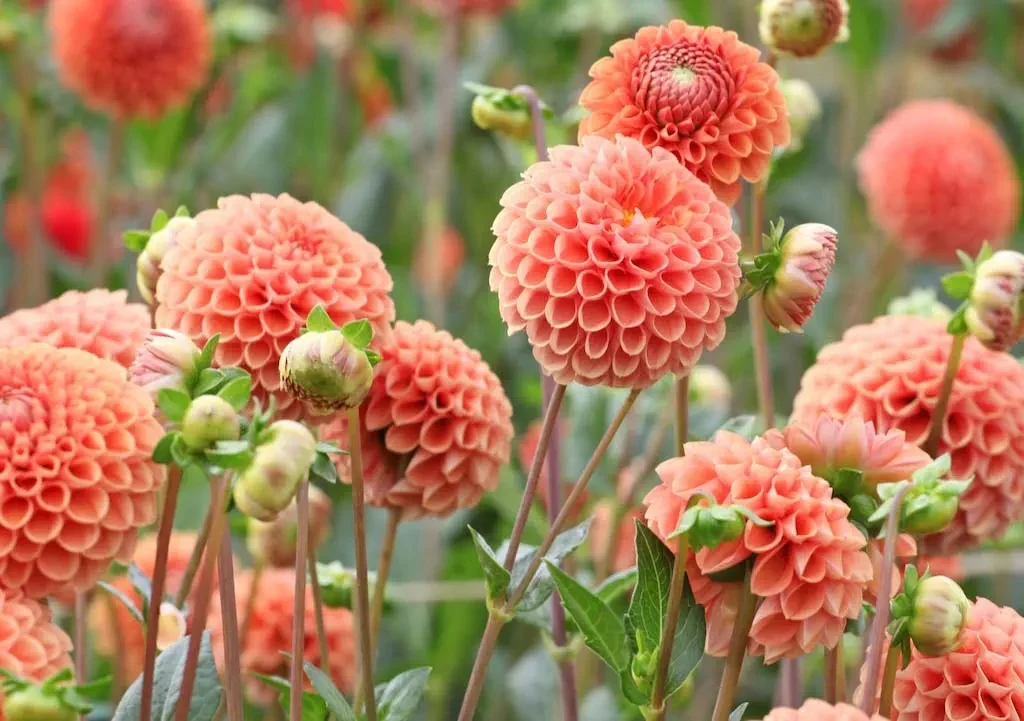
Dahlias need consistent moisture, but overwatering can cause trouble:
- Initial Watering: Don’t water immediately after planting tubers. Wait until sprouts emerge.
- Regular Schedule: Water deeply 2–3 times per week, depending on heat and soil type.
- Use drip irrigation or water early in the day to avoid fungal issues.
Monitor soil moisture; it should be damp but never waterlogged.
6. Staking Tall Varieties
Some dahlias, especially the larger ones, need support:
- Install stakes or cages at planting time to avoid disturbing tubers later.
- Use wooden stakes, tomato cages, or metal supports, and tie stems gently with soft garden twine.
- Continue to support the plant as it grows to prevent flopping or breakage from wind and heavy blooms.
This simple practice ensures upright growth and well-presented flowers.
7. Fertilizing for Full Blooms

Proper feeding fuels abundant flowering:
- Start with a low-nitrogen fertilizer (5-10-10 or 10-20-20) once plants are about 6 inches tall.
- Apply every 3–4 weeks during the growing season.
- Avoid high nitrogen fertilizers—they promote leafy growth over flowers.
Stop fertilizing in late summer to encourage the plant to focus on bloom rather than new foliage.
8. Deadhead and Prune for More Flowers
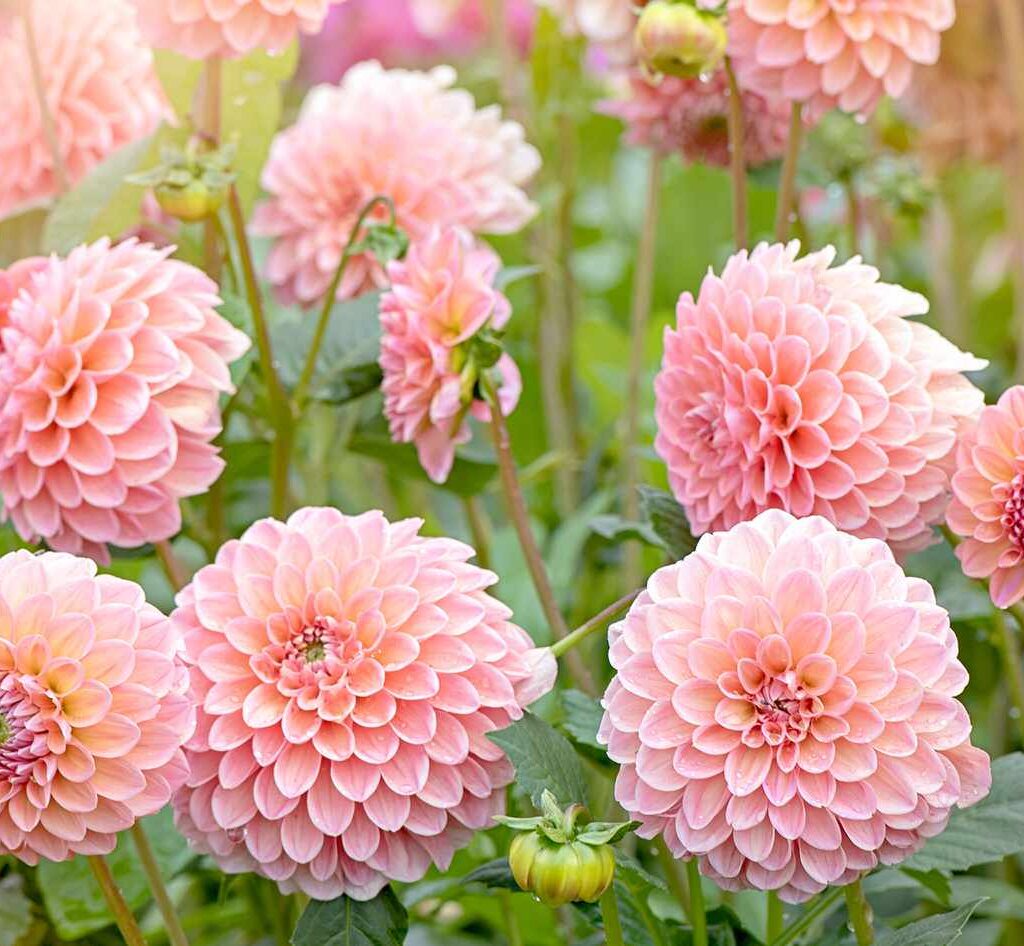
Encouraging repeat blooming is key to a long show season:
- Deadhead regularly by cutting off spent blooms just above a leaf node.
- Pinch back early growth (around 12 inches tall) to promote bushiness.
- Disbud selectively—remove smaller side buds to allow the main bloom to grow larger (especially for show or competition).
This keeps plants tidy and continuously blooming until frost.
9. Watch Out for Pests and Diseases
Dahlias are prone to common garden challenges:
- Aphids, earwigs, slugs, and spider mites may feed on leaves and buds.
- Powdery mildew and botrytis blight can appear in humid conditions.
- Use organic neem oil or insecticidal soap as a first line of defense.
- Ensure proper spacing for air circulation, and avoid overhead watering to prevent fungal problems.
Early detection and regular monitoring help keep issues in check.
10. End-of-Season Care and Tuber Storage
Dahlias are tender perennials. In colder regions, you’ll need to dig up and store tubers:
- Wait until after the first frost, when foliage turns black.
- Cut back stems to 4–6 inches, gently lift tubers, and rinse off soil.
- Let them dry for several days in a cool, shaded spot.
- Store tubers in peat moss, vermiculite, or sand in a well-ventilated container at 40–50°F (4–10°C).
Label each tuber for replanting next season.
11. Creative Uses in the Garden and Home
Dahlias are versatile beyond the flower bed:
- Cut Flowers: They last 5–7 days in a vase with regular water changes.
- Garden Beds: Combine with zinnias, cosmos, or ornamental grasses.
- Borders & Containers: Use compact varieties for patios and small spaces.
- Wedding Décor: Dahlias are popular in bouquets and centerpieces for their rich hues.
Their dazzling colors—from reds and yellows to lavenders and bi-colors—make them ideal for artistic arrangements.
Final Thoughts
Dahlias are one of the most rewarding flowers to grow, offering months of bold, spectacular blooms from midsummer to frost. With proper planting, consistent care, and a touch of attention to detail, these floral superstars will light up your garden in style.
Whether you’re creating a dramatic backyard display or crafting bouquet-worthy blooms, dahlias are sure to be the stars of the show. By following the expert tips in this guide, you’ll transform your garden into a vibrant paradise filled with show-stopping beauty.
